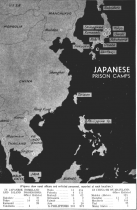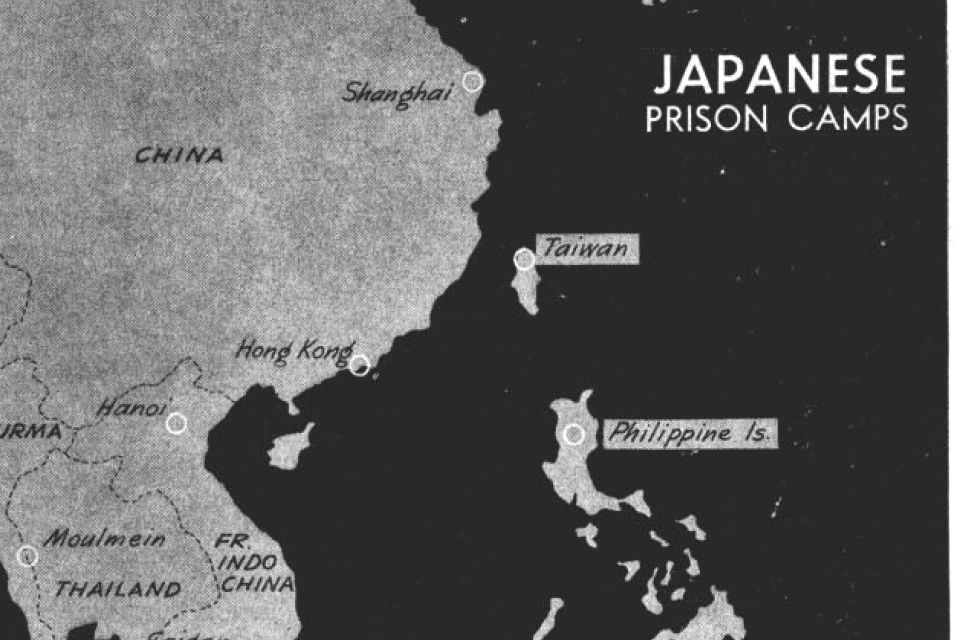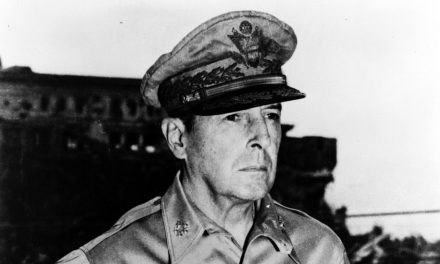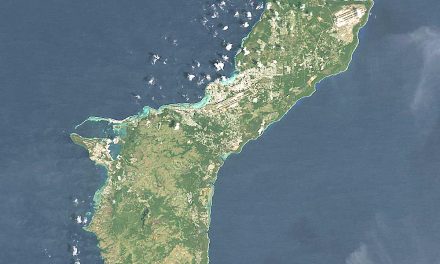After six months imprisoned by the Japanese, seven American journalists are now reported safe in the Allied territory of Portuguese East Africa due to a successful prisoner exchange orchestrated by the United States.
New York Times correspondent Otto D. Tolischus, who was stationed in Tokyo at the time of the Pearl Harbor attack, was one of the seven jailed Americans. He recalled how he was welcomed on the morning of Dec. 8 by four police officers barging into his bedroom with the orders: “Put on your coat; the procurator wants to see you.”
He was placed in prison with six other American reporters under the charges of espionage and violation of the National Defense Act. Unaware of the bombing of Pearl Harbor, the prisoners had no idea this was Japanese reaction to the immediate threat of war with the U.S.
“We were held in solitary confinement under severest conditions of hardship,” Tolischus reported. One of his fellow prisoners, he said, was spared no brutality because she was female. “Miss Targall was tied up and handcuffed when she was arrested and was repeatedly slapped until her face was cut.”
These U.S. citizens were soon prisoners of war. They were all held in one dark cell approximately 5 ½ by 9 feet, with one tiny window. With no heat, the winter was brutal, and the prisoners had to keep moving constantly in order to fight off pneumonia. Even with layers of clothes, the captives felt as if they would freeze if they sat down for even a moment.
“For four days early in January I was forced to squat for hours while four policemen slapped my face, kicked me and made feints at strangling me until my knees were covered with open wounds and I was a physical wreck,” Tolischus explained.

Although they were promised American food, they were fed Japanese cuisine the entire first month—and because he was not accustomed to that amount of fish, Tolischus claimed he was unable to eat. Eventually the prisoners were able to convince the guards to give them rotten fruit, which suited them better than the decaying fish they were originally being offered.
Bathing opportunities were available via one common bath for all prisoners captured by the Japanese. After two months of imprisonment, negotiations started between Japan and the U.S. in order for the American reporters to be returned home.
Finally on June 17, the seven prisoners attained freedom when boarding the Asama Maru. These survivors were only a few of the prisoners in Japan who managed to escape with their lives. The long journey to freedom gave Tolischus a chance to learn more of the other escapees’ stories of imprisonment.
A bank employee named Thomas Potter Davis Jr. was continuously assaulted by his guards—policemen flipped over his chair and pressed their weight on him, and hit him with his own shoes.
An oil-company representative, Clarence E. Meyer, was mentally tortured to the point of a nervous breakdown, at which point his guards slapped on handcuffs instead of trying to help him. He suffered for a week, unable to even remove his clothes.
Three U.S. missionaries were captured in Japanese-controlled Korea and tossed into a cell with 22 other prisoners—it was crowded to the point that they could not all sit down at once. The Japanese would beat them with rubber hoses and force water down their throats.
While these reports do not come as a surprise, it brings to light the atrocities occurring to U.S. civilians trapped on Japanese soil. Not every prisoner can be returned via an exchange. Winning the war is the only way to ensure the safe return of those being tortured and even killed at the hands of the Japanese.
ources:
They Saw the Japs. (1942, August 3). TIME, 40(5), 16.
Tolischus, O. D. (1942, August 15). Japanese ‘Justice’ Reverts to Reign of Terror. New York Times, p. 4.





